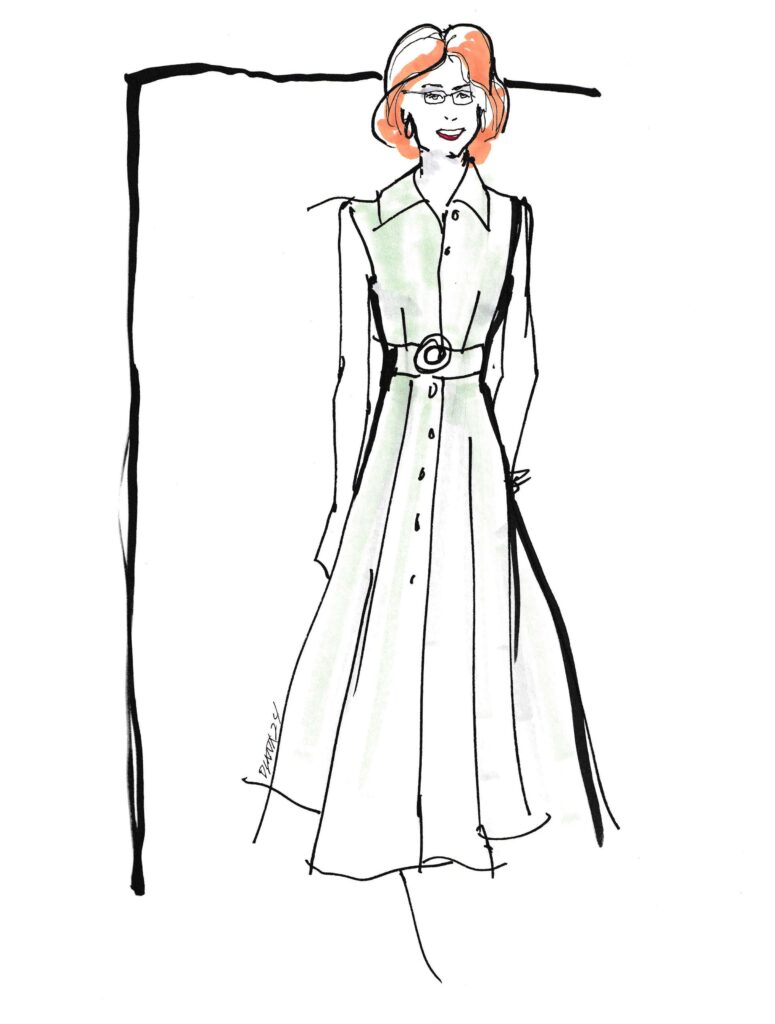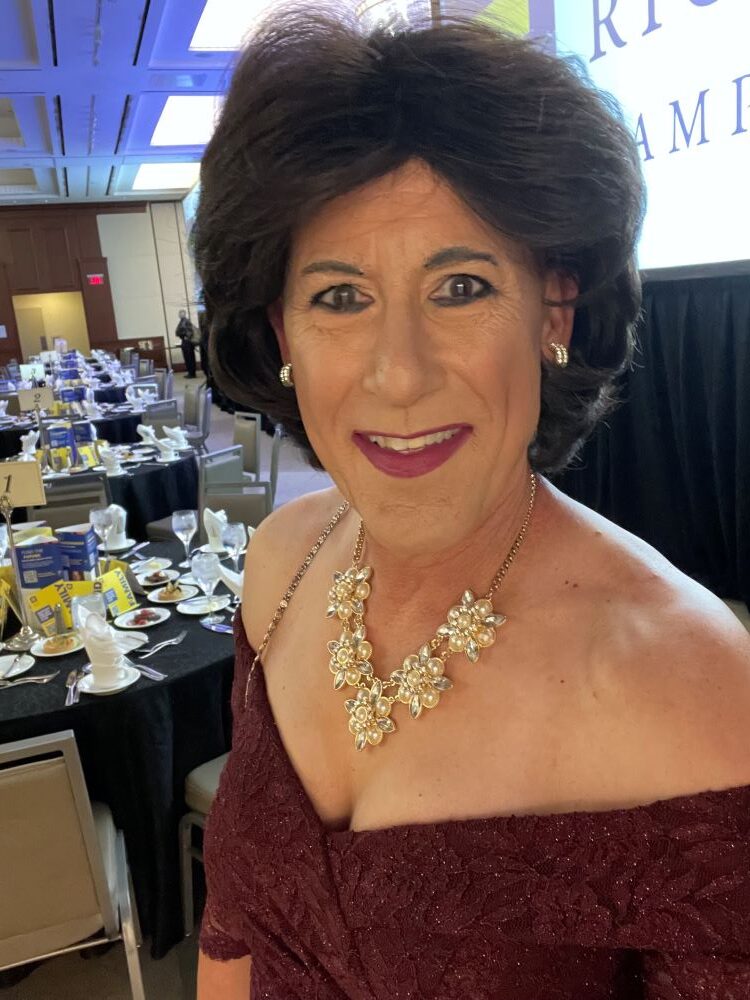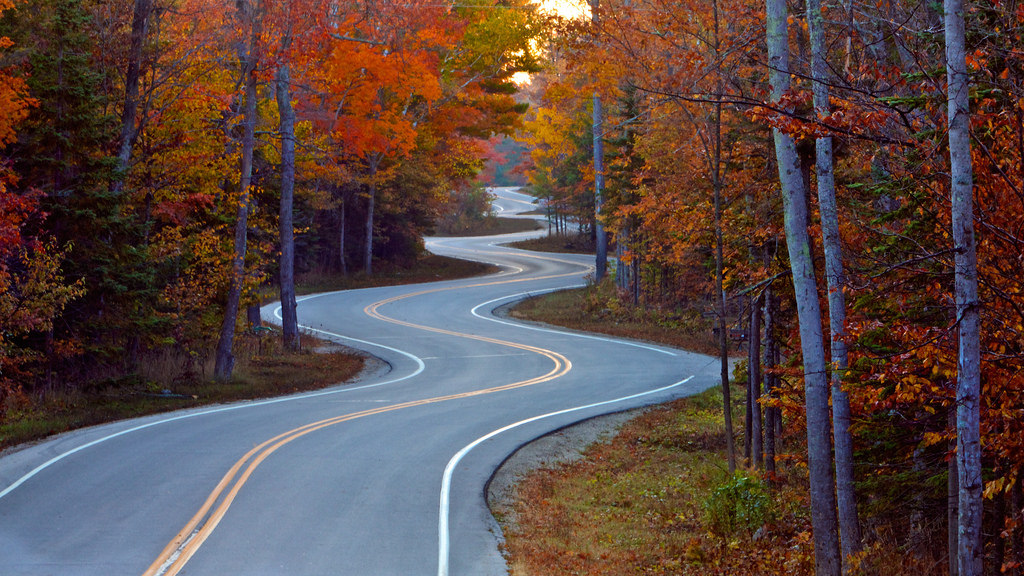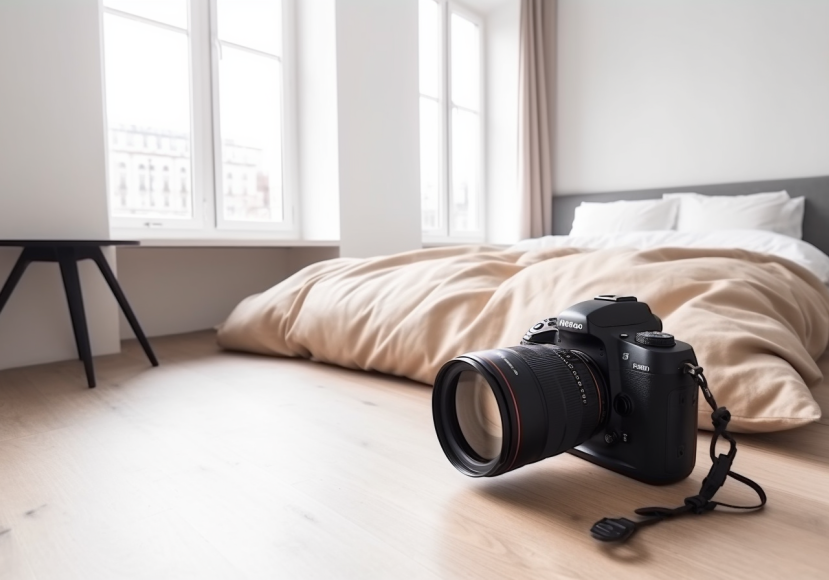As a transgender woman, I’ve spent years navigating a world that seems determined to box us into narrow, sensationalized stereotypes. The media, celebrities, and even well-meaning events often reduce what it means to “be” transgender to flashy caricatures—think drag queens strutting on stage or the chaotic energy captured in viral clips from Pride parades. Don’t get me wrong: I celebrate diversity in our community, but these portrayals miss the mark on who most of us truly are.
The reality? The vast majority of trans folks, like myself, are what I’d call “normal trans.” We’re not chasing a trend or a “lifestyle”—this is our authentic life choice, a deeply personal journey toward living as our true selves. We’ve transitioned not for attention or spectacle, but for peace, alignment, and the simple right to exist without constant scrutiny.
We go to work, pay our bills, build families, and contribute to our communities just like anyone else.
Over the years, I’ve attended hundreds of drag shows and have nothing but love and respect for my friends who are performers. Drag is an incredible art form—vibrant, creative, and empowering. It’s entertainment, a performance that highlights exaggeration and flair. But it’s not synonymous with being transgender. Conflating the two does a disservice to both: it undermines the artistry of drag and oversimplifies the lived experiences of trans people.
Take the recent MTV Video Music Awards, for example. Sabrina Carpenter’s performance featuring drag queens was undoubtedly eye-catching, but it reinforced this tired trope. Too often, mainstream media defaults to shock value—throwing in elements that grab headlines, rack up views, and generate “free” publicity through controversy. While it might boost ratings in the moment, it leaves lasting damage. It perpetuates the idea that trans identity is all about extravagance, rebellion, or provocation, making it harder for everyday trans individuals to be seen as… well, everyday people.
This misrepresentation fuels misunderstandings, discrimination, and even danger for those of us just trying to live quietly and authentically. We want to be good neighbors, supportive friends, and productive members of society—without having to constantly explain or defend our existence against these skewed images. It’s time for more nuanced representation: stories of trans doctors, teachers, artists, and parents who are thriving in their “normal” lives.
If you’re trans and reading this, know you’re not alone in feeling this way. And if you’re not, I hope this opens your eyes to the broader spectrum of our experiences. Let’s amplify real voices and challenge these stereotypes together. 💜












8 Responses
Gwen,
Perhaps we can consider the phrase , ” Staying under the radar !” In reality it’s the people who want to be seen and at times we may question ” What as ?” At one time I found drag interesting but it’s been ramped up so much by the media I find it hard to understand , overything is OTT including the bad language , sorry I’m not a prude I’m simply living and enjoying my life as a woman . If people think I’m a drag act then they might get a few choice words from me , it really is the difference between chalk and cheese . At the same time staying under the radar doesn’t mean I don’t get noticed but I get to choose the right time and place .
We can’t take away the demand , so we will still live with stereotypes , ” Live and let live !” Umh ! Perhaps not in my backyard and that’s part of the problem , some of it is crap and it gets dumped where people don’t want it , annoyingly we appear to get less of a choice , we just can’t control the flytippers .
Being transgender is a way of life perhaps I should add a NORMAL way of life , we have the right to defend it , we have the right like anyone else to say NO . Respect us for what we are , we contribute to society , I am PROUD of what I am because I can give that little bit extra , I have strengths where many others don’t .
I agree the the out in front of the camera folks due tend to do more harm than good
Not all but myself as one who’s more fluid then full on out there I guess it’s easier for me but not always
My thing is do my best to support my sisters out there as much as possible
I agree-most of us just want to “stay under the radar ” and be left alone However-almost all I have read from trans folks ignores the 2 ton elephant in the room. i.e. transgirls in girls sports. Those who have pushed this did us much damage,and set the table for more trans hate in the near future which will link us with gun crazy nuts that want to kill people.If you haven’t seen this coming you are not paying attention.
The girls sports issue is a loser and generates so much emotion that we’re going to have to live with it for awhile even if we shut up-it certainly was a factor in the last USA election
drag queens are not– a big issue
You can’t say you are against stereotypes by then saying drag queens represent Transgender people, because that is a stereotype! In fact, there are more Female to male Transgender individuals than MTF.
Also, as to Transgender individuals in sports? Again, see the above–more female to male than vice versa. I don’t hear ANYONE complaining about transboys participating in boys sports.
Second, as a former high school coach, if we believe sports provide benefits to young people, like teamwork, character, the value of hard work, the EXACT same attributes should apply to Transgender athletes of both genders. Most athletes aren’t going to be state championship, but they can benefit from playing sports.
The truth is there are only a handful of Trans athletes, so the politicians who are demonizing Trans athletes are doing it regardless of the facts, like they do with many issues.
The problem is not Trans athletes. But there is a definite problem when people on the Transgender spectrum throw other Transgender people under the bus.
Dee,
When we look at all this issues we really are talking about a tiny minority , most of the situations tossed about are no more than a storms in a teacup .
If sport is used correctly possibly most of the problems can be answered , as you say we don’t or can’t all aspire to be champions , the important point is sport should be open to ALL no matter what the level or choice of gender .
I really enjoyed returning to tennis as Teresa even if it was a short period .
you folks have got to be kidding-this is a big (blown up) issue on the Right. And of course trans boys are welcome as the whole thing is about body strength–they are no threat if strength (not skill) is the issue
Every parent with a girl participating in sports is going to throw a fit if their daughter loses out to a transgirl.We got walloped once on this issue so keep pushing it and anticipate more grief.
I agree with Emily. I have grown children of both genders that competed in sports in High School and college. It is not fair to female athletes to compete with transgendered.
TerriM,
It certain sports it can happen , it just needs the will to make it happen . I didn’t realise i was transgender at school being an all boys school we had to play rugby but now women play as hard as men at professional level . I’d much sooner watch a game of women’s football than a male one .
Perhaps we need to think about the problem of men’s games taking priority and being paid twice as much , it was still great to see Twickenham filled to capacity to watch the Lionesses win the rugby world cup , I can’t answer if they got the same rewards .
We have to take care that being transgender allows people to segregates us , it also means we are not disabled , it is a horrible feeling when something like a football team is chosen you are the last one sitting on the bench .
I do wonder if it’s the girls who find it unfair to compete with a transgender person or the sponsors and parents ? Lets not forget there are as many F/M as there are M/F , so the issue is far from one sided .